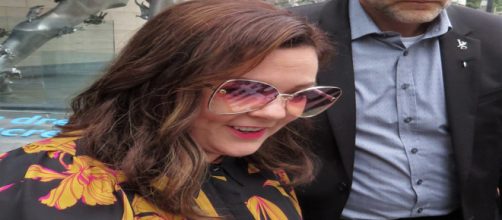Authenticating Art from the past - figuring out who did what and when – can be a tricky business, at times fraught with agendas that have nothing to do with art. The following story makes the point. The Artnewspaper reports, a painting long viewed by historians as a fake Van Gogh has been stamped genuine by the Amsterdam museum bearing his name. The picture - a still life of chestnuts, apples, and pears - was donated to the Fine Art Museum in San Francisco in the '60s, and now director Thomas Campbell supports the new certification by noting an inscription on the back of the work with the artist's name in it.
Imitating art
The Art Newspaper also quotes Campbell talking about the influence of Flemish painting techniques seen in the still life, methods that Van Gogh was known to apply. And Campbell hopes his museum's Flemish collection will help visitors see the connection. But the connection seems iffy owing to the naysaying experts' contention that the colors are too unusual for the time the painting was made – 1888. It's equally notable that the still life was never included in any standard Van Gogh catalog. This story has left me skeptical. Perhaps it's because I'd just seen Melissa McCarthy's film “Can You Ever Forgive Me?” about the art of forgery.
True story
The movie recounts a true story of author Lee Israel, who enjoyed success as a biographer in the '70s, down on her luck and forging letters of famous writers like Noel Coward and Dorothy Parker with a vintage typewriter.
Dealers bought the fakes to sell to collectors without much concern for where they came from. The ruse worked until Israel penned a joke in a Coward letter about homosexuality that a discerning collector saw as too overt for the homophobic time in which Coward lived, and the jig was up.
False premise
The story of those greedy dealers prompts questions about the Van Gogh attribution: Can that be why the Amsterdam museum overlooked established opinion and called a fake the real deal - out of need - in this case, for a headline, for publicity? I ask because this isn't the first time the Van Gogh Museum ignored expert opinion. I'm thinking of an exhibit there last year titled 'On The Edge of Insanity,” which dismissed research indicating that the artist wasn't crazed and bent on killing himself.
A publication in 2011 by biographers Steven Naifeh and Gregory While Smith showed his death to be a homicide, not a suicide. I wondered at the time if the museum hadn't sensationalized the exhibit to hike gate receipts.
Maybe that's also why Cambell accepted an attribution that turned a fake painting genuine – as a visitor come-on. I'm just saying.


